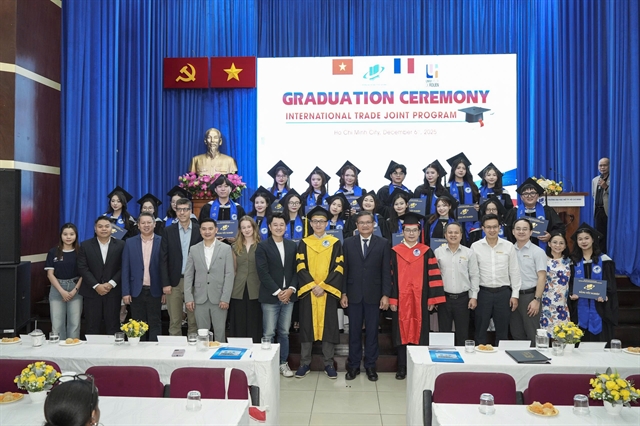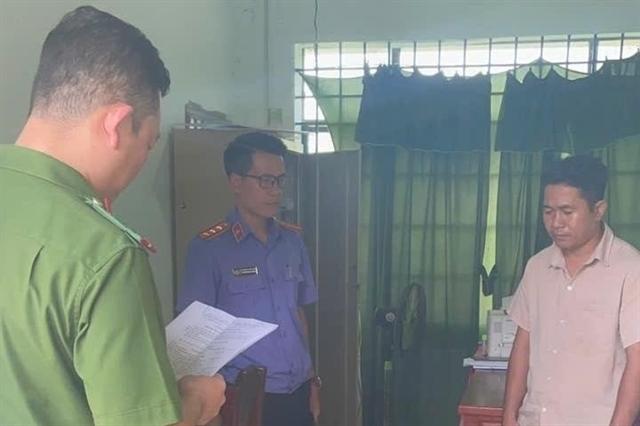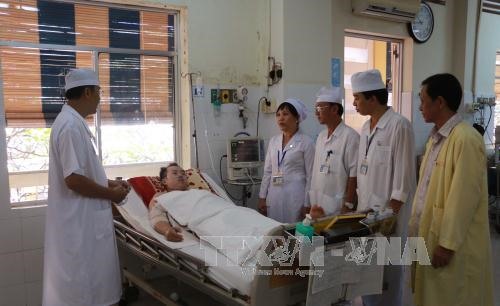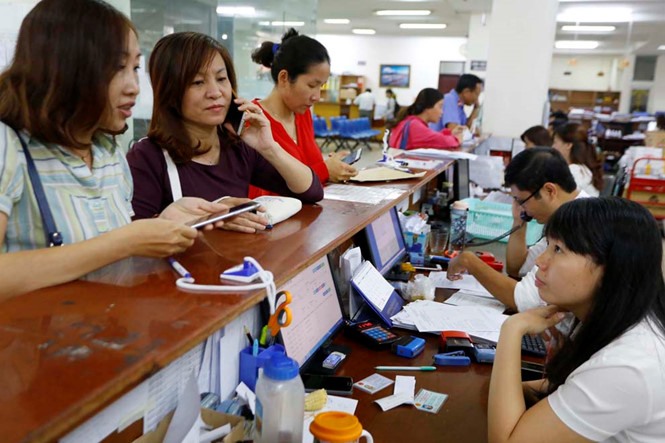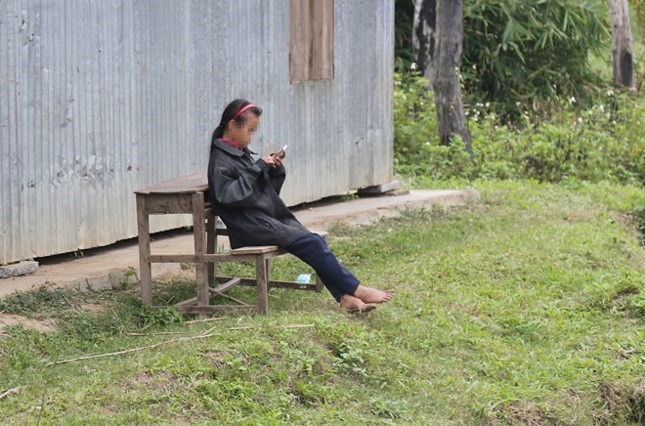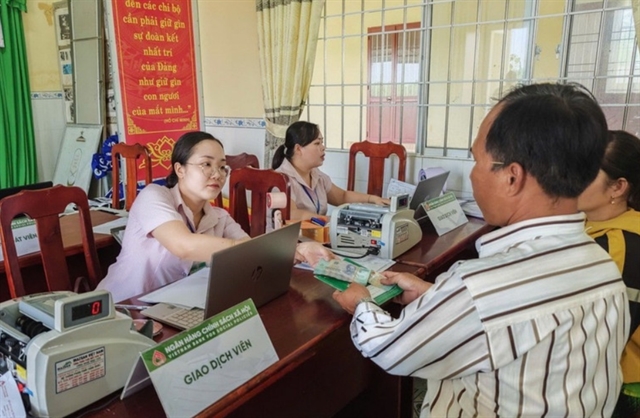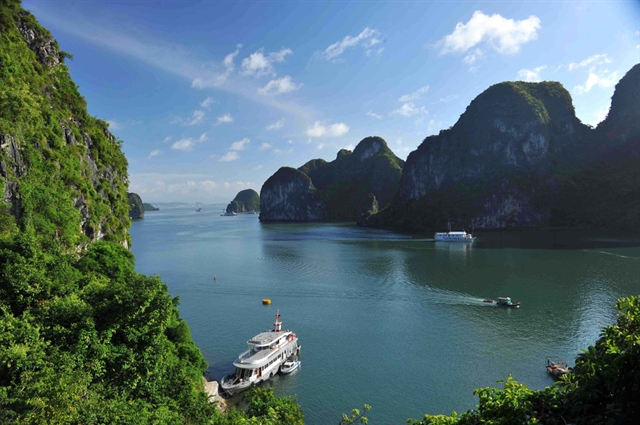
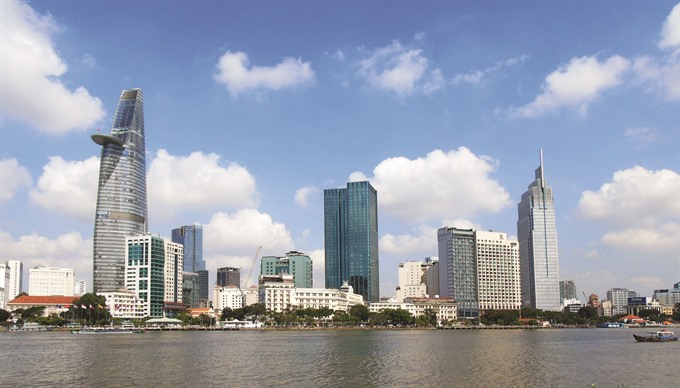 |
| A view of HCM City’s downtown area. The Government has approved an adjusted construction master plan for the HCM City Zone which includes the city and seven provinces. – VNS Photo Anh Vũ |
HCM CITY – The Government has approved an adjusted construction master plan for the HCM City Zone to 2030 with a vision to 2050.
The plan targets developing the zone into a major Southeast Asian centre for culture, education and training, science and technology, and healthcare.
The HCM City Zone includes the administrative boundary of the city and neighbouring provinces of Bà Rịa – Vũng Tàu, Bình Dương, Bình Phước, Tây Ninh, Long An, Đồng Nai and Tiền Giang, covering a total area of about 30,404 sq.km.
Under the plan, the zone would expand towards the east and northeast in a compact urban model.
HCM City, which is the country’s largest economic centre, is expected to be a nuclear urban area and connect and support other urban areas in the zone.
The plan calls for the city to be an international trading centre and a hub to link economic zones and key economic zones in the South, the Cửu Long (Mekong) Delta, the Tây Nguyên (Central Highlands) region and the south-central coastal region.
In developing the zone’s transport system, the plan focuses on completing expressways and belt road systems.
By 2030, new expressways, including Biên Hòa – Vũng Tàu, HCM City – Thủ Dầu Một – Chơn Thành, HCM City – Mộc Bài, and Dầu Giây – Đà Lạt, will be built.
By that time, the city’s Belt Road No.3 is expected to be completed, while construction of the Belt Road No. 4 will begin.
New railway routes, including Trảng Bom – Sài Gòn Railway Station, Biên Hòa – Vũng Tàu, HCM City – Mỹ Tho – Cần Thơ, HCM City – Tây Ninh, will also be built.
By 2030 the zone is expected to have a population of 24-25 million, including 18-19 million people in urban areas and 6-7 million people in rural areas, with an urbanisation rate of 70-75 per cent. – VNS

